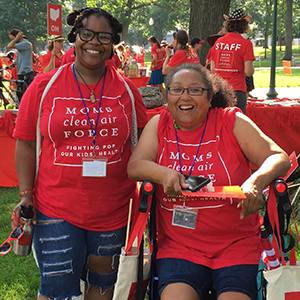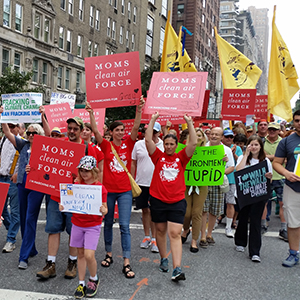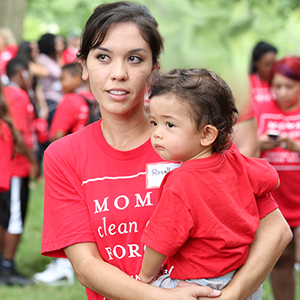
The Inflation Reduction Act provides financial incentives for all of us to become greener energy consumers. The Big Fix, a new published guide to combatting climate change, encourages citizens to become greener by focusing on public policies that can bring about sweeping benefits quickly.
Those changes need to occur in six economic sectors and a seventh sector the book’s authors, energy engineer Hal Harvey and New York Times climate reporter Justin Gillis, call “the realm of invention.” The six economic sectors are those that contribute the most greenhouse gas emissions: electricity production, transportation, buildings, industry, urbanization, and land use. The “realm of invention” refers to the investment sector that is funding promising new green technologies, like those that can bury carbon dioxide underground or beneath the ocean.
The book brims with positive examples. In Britain, “for the first time since the nineteenth century, many weeks go by now without a single lump of coal being burned to generate power.” That is truly remarkable given that England powered the Industrial Revolution with its tons and tons of fossil fuels.
Here in the US, dozens of state governments are adopting “buy clean” policies that require a percentage of all building materials be sourced using low-emission technologies; other cities (including my own) have set goals to replace gas with electricity from solar and wind. Emissions-free bike lanes are closing streets in Chicago, Los Angeles, San Francisco, and Seattle, while new transit systems are making it easier for people to ditch their cars altogether in favor of electric-powered subways and buses.
“Solutions are already at hand, and more are coming,” the authors declare. “If they can be harnessed at a sufficient scale, neither our living standards nor our economy need be at risk.”
But getting to scale is an elusive target. “We are not moving fast enough,” the authors also write. “An ominous combination of ignorance, inertia and political mischief is hampering the pace of our energy transition.”
“Speed is the critical issue.”
The Big Fix suggests that greater speed can come from the kind of local grassroots organizing Moms Clean Air Force is doing around the country. Harvey and Gillis extol the virtue of citizens who, for example, pressure their town to strengthen local building codes to encourage transitions away from fossil fuels. “You, as a citizen, can ply your influence,” they say. “The board in your state that makes the final decisions about what kind of power plants get built is required by law to listen to the public and take its interests into account. And your state’s elected officials have more influence than you might realize about everything from what kind of cars will be sold on the local market to how efficient appliances have to be.”
Become someone who “speaks up and holds your government accountable,” they urge. That’s the way to ensure more sustainable choices are made, “not only for your family, but for your town, your state, and the nation” too.
“It’s dozens of actions like these, carefully chosen and then intensely pursued, that are, collectively, the key to solving the climate crisis.”
It’s also the way to “use the tools of democracy” and pull the levels of power in the direction of a better future, they explain.
To those who say it’s too late or that we’ve run out of time, the authors defiantly respond, “As long as a pound of coal or a barrel of oil remains in the ground, we have agency. We can choose not to burn it, and our efforts will leave a better world.”
TELL PRESIDENT BIDEN: ACT NOW TO PROTECT OUR CHILDREN FROM TAILPIPE POLLUTION




